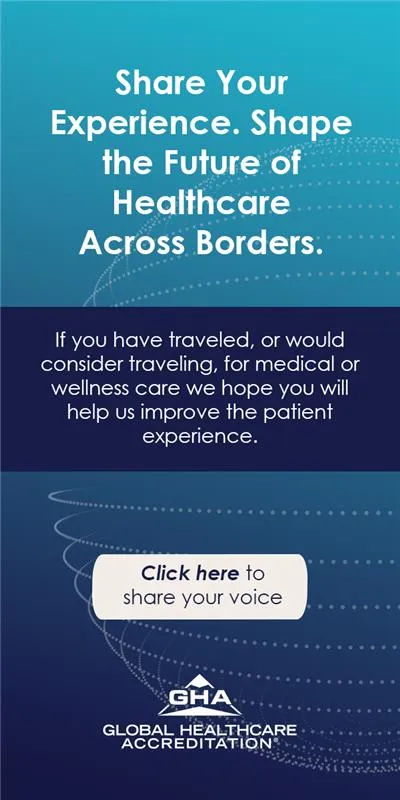The importance of delivering an excellent patient experience in healthcare settings has grown substantially. Patients now seek care that not only treats their condition but also supports their emotional and mental well-being. Enhancing patient experience can lead to better outcomes, greater patient loyalty, and more positive reviews, ultimately contributing to the success of healthcare providers. This article provides ten practical tips that can be implemented in any healthcare environment to elevate patient experience, fostering a welcoming and compassionate space for all.
Prioritize Clear and Compassionate Communication
Communication is the foundation of a positive patient experience. Patients often feel anxious and vulnerable when receiving care, and clear communication can ease these emotions. Providers should make an effort to:
- Explain procedures and treatment plans in simple terms.
- Ensure that patients understand their diagnosis and next steps.
- Listen actively to patient concerns, making them feel heard and valued.
The use of non-verbal cues such as eye contact and body language also plays a crucial role in making patients feel respected and acknowledged.
Minimize Wait Times
Long wait times are one of the most common patient complaints in healthcare settings. Reducing wait times or providing transparent updates when delays are unavoidable can significantly improve patient satisfaction. Implementing systems such as:
- Online appointment scheduling,
- Automated reminders,
- Efficient patient flow management,
can help ensure smoother operations and shorter wait periods. Additionally, providing amenities like Wi-Fi and comfortable seating in waiting areas can enhance the overall patient experience.
Create a Welcoming Environment
The physical environment of a healthcare facility can have a significant impact on patient comfort. A welcoming, clean, and calming space helps reduce stress and anxiety. This includes:
- Warm lighting,
- Comfortable furniture,
- Access to soothing music or entertainment.
Providing clear signage and directions to different departments can also reduce confusion and frustration, allowing patients to navigate the facility with ease.
Leverage Technology to Streamline Processes
Integrating technology in healthcare processes enhances both efficiency and patient satisfaction. Tools such as:
- Electronic health records (EHRs),
- Patient portals for easy access to medical information,
- Telemedicine platforms,
allow patients to feel more engaged and in control of their care. These systems provide transparency, reduce errors, and create a more personalized experience. Automated systems for billing and scheduling can further reduce administrative burdens on patients.
Focus on Staff Training and Development
The behavior and professionalism of healthcare staff are pivotal in shaping patient experiences. Continuous training and development for staff ensures they remain:
- Knowledgeable about the latest best practices,
- Empathetic in their interactions,
- Able to handle challenging situations effectively.
Staff should be trained in cultural sensitivity, emotional intelligence, and active listening, enabling them to deliver compassionate and patient-centered care.
Encourage Patient Involvement in Decision-Making
Patients feel more in control of their health when they are involved in the decision-making process. Healthcare providers should encourage patients to:
- Ask questions,
- Voice their preferences,
- Participate in discussions about their treatment options.
Shared decision-making not only enhances patient satisfaction but also builds trust between patients and healthcare professionals. It empowers patients and makes them feel like active participants in their care journey.
Provide Emotional and Psychological Support
Healthcare isn’t just about addressing physical conditions; it’s also about catering to the emotional and psychological needs of patients. Offering access to:
- Counseling services,
- Support groups,
- Mental health resources,
can make a significant difference in the patient experience. Acknowledging the emotional toll of healthcare procedures and providing avenues for support helps patients feel more comfortable and cared for during their treatment.
Seek and Act on Patient Feedback
Soliciting feedback from patients is essential for continuous improvement. Patients should be encouraged to provide feedback through:
- Post-visit surveys,
- Online reviews,
- Direct conversations with staff.
Once feedback is collected, it’s important to act on it. Addressing areas of concern and sharing positive changes with patients demonstrates that their opinions are valued and that the healthcare provider is committed to improvement.
Improve Coordination of Care
Many patients, particularly those with complex or chronic conditions, interact with multiple healthcare providers. Ensuring seamless coordination of care between different specialists, departments, and facilities is crucial to the patient experience. This can be achieved by:
- Using integrated healthcare systems,
- Maintaining open communication between providers,
- Ensuring that patient records are accessible and up-to-date.
Effective care coordination reduces the likelihood of medical errors, streamlines the treatment process, and fosters a sense of security and trust among patients.
Ensure a Safe and Secure Environment
Safety is a fundamental aspect of patient experience. Healthcare facilities should maintain strict protocols to ensure:
- Cleanliness and hygiene standards,
- Patient privacy and confidentiality,
- Compliance with safety regulations.
Regular staff training on infection control, patient data security, and emergency preparedness contributes to a secure and comfortable environment. Patients should feel confident that their well-being is the top priority, both physically and digitally.
Enhancing patient experience in healthcare settings requires a multifaceted approach, where communication, environment, technology, and compassion are all taken into account. By focusing on these ten tips, healthcare providers can create a more patient-centered, efficient, and emotionally supportive environment. As patient expectations continue to evolve, healthcare systems must adapt to meet these needs, fostering trust and long-term relationships that benefit both patients and providers.
Streamline your accreditation preparation process today with GHA Clinical Education Services.













